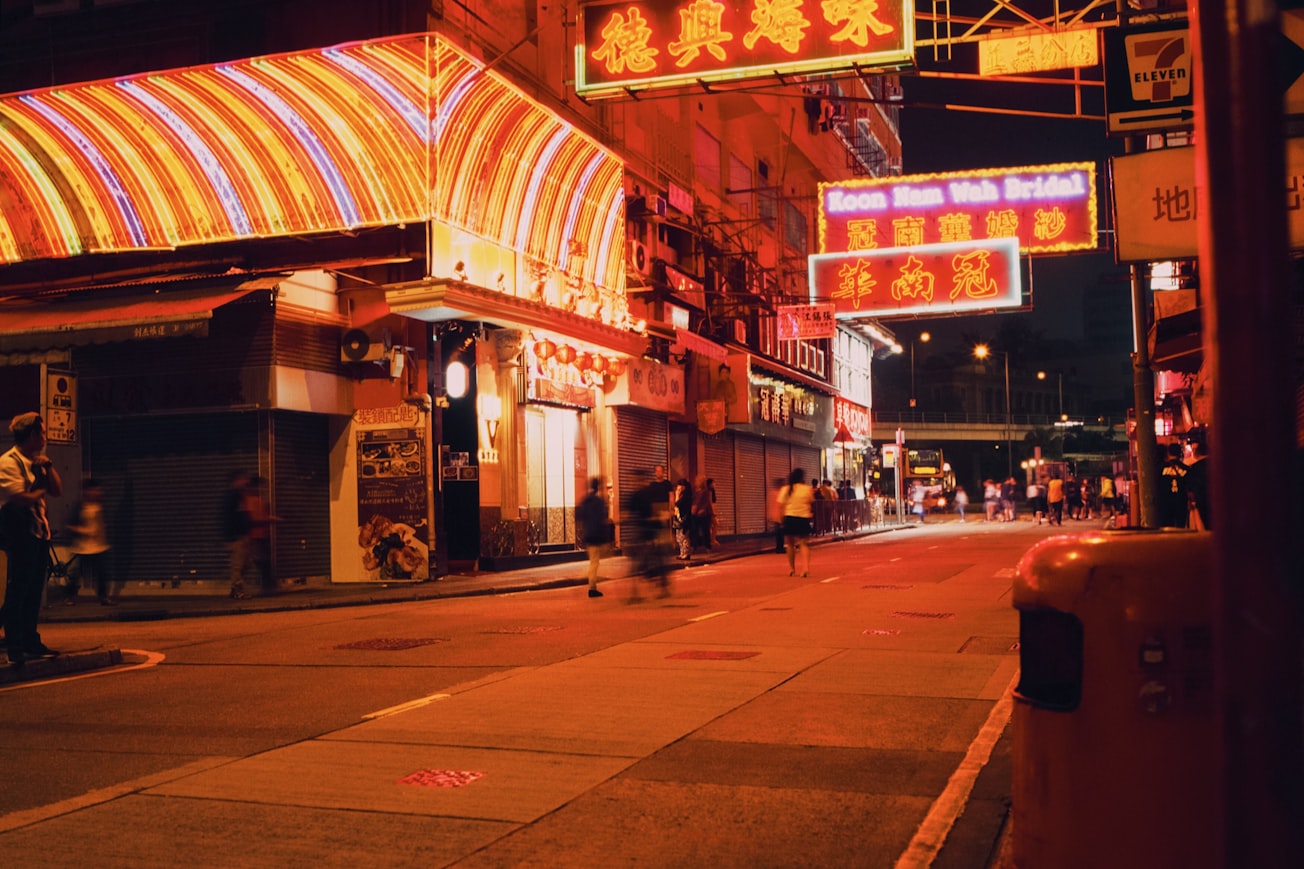What is it about?
Examine the operation of the Confucian Revival Movement in colonial Hong Kong. The movement provides ethnic Chinese in colonial Asia with a distinctive cultural identity. And the support of the Confucian social order led to the rejection against anti-imperialist struggle among the overseas Chinese bourgeoisie.
Featured Image

Photo by Carl Nenzen Loven on Unsplash
Why is it important?
- Highlight the difference between overseas Chinese vis-a-vis mainland Chinese nationalists; - Distinguish the two logics of nationalism: 1)territorial nationalism in mainland China that May Fourth intellectuals embraced; 2) exterritorial nationalism that overseas Chinese bourgeoisie endorsed; -Cross-checking different archive (British colonial archives, Japanese intelligence reports, Chinese newspapers and texts) so as to reveal the anti-communist position of Guo Chunyang -analyze Guo Chunyang’s political disposition (most studies on Guo focus on his transnational entrepreneurship) -an adaptation of John King Fairbank's concept of synarchy to re-position coastal China in colonial Asia
Perspectives
I elaborate on the cultural logic of the overseas Chinese bourgeoisie's counter movement against anti-imperialist nationalism. What kind of cultural identity that they embraced while choosing to confront with the anti-imperialist agendas in mainland Chinese nationalism? I point out that the core Confucian cultural center shifted from mainland China to overseas Chinese communities in maritime Asia, especially the hubs of transnational Chinese exchanges in Taiwan, Hong Kong and Singapore.
Dr Huei-Ying Kuo
Johns Hopkins University
Read the Original
This page is a summary of: Bourgeois Hong Kong and its South Seas connections: a cultural logic of overseas Chinese nationalism, 1898-1933, Nations and Nationalism, April 2018, Wiley,
DOI: 10.1111/nana.12413.
You can read the full text:
Resources
Contributors
The following have contributed to this page







